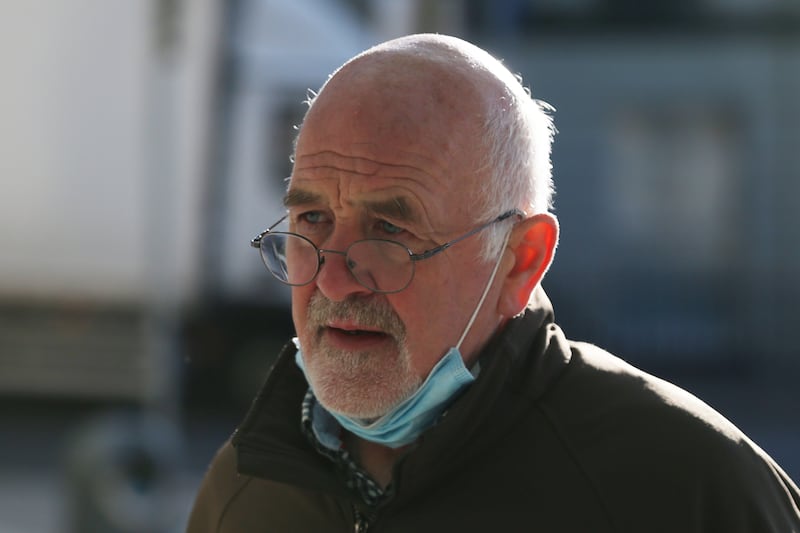Goldman Sachs is embarking on one of its biggest rounds of job cuts ever as it locks in on a plan to eliminate about 3,200 positions this week, with the bank’s leadership going deeper than rivals to shed jobs.
The firm is expected to start the process midweek and the total number of people affected will not exceed 3,200, according to a person with knowledge of the matter. More than a third of those will likely be from within its core trading and banking units, indicating the broad nature of the cuts. The firm is also poised to unveil financials tied to a new unit that houses its credit card and installment-lending business, which will record more than $2 billion (€1.9 billion) in pretax losses, the people said, asking not to be identified discussing private information.
A spokesperson for the New York-based company declined to comment. The cuts in its investment bank are elevated by the inclusion of the non-front office roles that were added to divisional headcount in recent years. The bank still has plans to continue hiring, including inducting the regular analyst class later this year.
Under chief executive David Solomon, headcount has jumped 34 per cent since the end of 2018, climbing to more than 49,000 as of September 30th, data show. The scale of firings this year is also affected by the firm’s decision to mostly set aside its annual cut of underperformers during the pandemic.
‘A guy who was well respected around town’: The catastrophic story of Custom House Capital and Harry Cassidy
Will I lose out on UK pension because of UK revenue delays?
Web Summit founders Paddy Cosgrave, Daire Hickey, David Kelly set for High Court showdown
Investors seeking refuge from the not-so-magnificent seven
Slowdowns in various business lines, an expensive consumer-banking foray, and an uncertain outlook for markets and the economy are prompting the bank to batten down costs. Merger activity and fees from raising money for companies have taken a hit across Wall Street, and a slump in asset prices has eliminated another source of big gains for Goldman from just a year ago. Those broader industry trends have been compounded by the bank’s mistakes in its retail-banking foray where losses piled up at a much faster rate than forecast through the year.
That has left the bank facing a 46 per cent drop in profits, on about $48 billion (€44.6 billion) of revenue, according to analyst estimates. Still, that revenue mark has been buoyed by its trading division, which will post another jump this year, helping the firmwide figure notch its second-best performance on record.
The final job reductions figure is significantly lower than earlier proposals in management ranks that could have eliminated nearly 4,000 jobs.
The last big exercise of this scale came after the collapse of Lehman Brothers in 2008. Goldman had embarked on a plan to cut more than 3,000 jobs, or nearly 10 per cent of its workforce at the time, and top executives elected to forego their bonuses.
The latest cuts represent an acknowledgment that even businesses that outperformed this year will have to take the pain as well for a firmwide performance that is going to miss targets set for shareholders in a year of expense bleed.
That performance miss was particularly evident in the new unit called Platform Solutions, whose numbers stand out in the divisional breakdown. The more than $2 billion hit there is magnified by lending-loss provisions, exacerbated by new accounting rules that force the firm to set aside more money as loan volumes grow as well as ballooning expenses.
“There are a variety of factors impacting the business landscape, including tightening monetary conditions that are slowing down economic activity,” Mr Solomon told staff at year end. “For our leadership team, the focus is on preparing the firm to weather these headwinds.”
The cuts also come a week before the bank’s traditional year-end compensation discussions. Even for those who remain at the firm, compensation figures are expected to tumble, especially within investment banking.
It’s a stark contrast from last year, when staffers were getting showered with big bonus increases and a select few were even granted special payouts. At the time, Mr Solomon’s $35 million compensation for 2021 put him alongside Morgan Stanley’s James Gorman as the highest-paid CEO for a big US bank.
– Bloomberg














